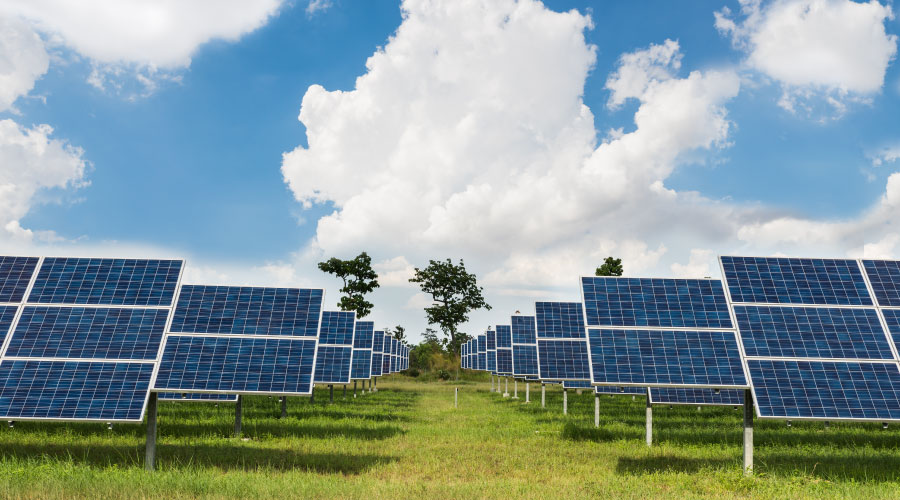Restrooms, Landscaping Offer Opportunities For Water Savings
Commercial restroom retrofits offer significantly higher savings per fixture than residential retrofits do for one simple reason — higher use rate. For example, a toilet at home may be used five to 10 times a day, while one in an office could be used 20 to 50 times a day. Put the same toilet in a restaurant and the number of uses may increase to as many as a hundred a day. At the national average water and wastewater cost of approximately $7.50 per thousand gallons, one flush of a five gallon per flush toilet would cost 3.75 cents, while a flush of a 1.28 gallon per flush toilet would cost .96 cents, a 2.79 cents savings per flush. If toilets are used 75 times a day in a facility that is open 362 days a year, the annual water and sewer cost difference between a 5.0 gpf and a 1.28 gpf toilet would be about $757 a year. Faucets and urinals can have similar savings.
The Illinois Tollway's Oases service roughly 30,000 visitors every day and account for more than 48 million gallons in annual water use. The Tollway replaced 273 toilets and 105 urinals with water-efficient models. The result was a savings in excess of 57 percent.
Water efficient landscaping is an effective way to manage stormwater, reduce the heat island effect, reduce air pollution, and improve the aesthetics of a site. Many municipalities are looking to rain gardens, bio-retention basins, rainwater harvesting, green roofs and similar techniques to reduce stormwater or combined sewer overflows. Combining new and innovative stormwater control technologies that follow the principle of "keep the rain where it falls" will keep the irrigation water where it falls also. In many jurisdictions using the above techniques can cut stormwater costs. The U.S. Environmental Protection Agency reports that comparisons between conventional stormwater techniques and low impact development (LID) techniques show that LID is almost always more cost effective. This does not take into account the fact that LID also reduces demand as well as other landscape maintenance costs.
Smart controllers, in combination with a well maintained irrigation system, are typically the first step for an existing facility. The University of Texas at Austin installed more than 100 smart controllers, master valves and flow sensors. This new system has the ability to track usage per zone, detect breaks, measure usable rainfall and track water evaporation from the landscape. Because broken heads, leaks, etc., are monitored daily, repair crews can respond in real time. The result is an 80 to 90 percent reduction in water loss through leaks by same day response. Prior to this, staff was traveling to each controller on a monthly basis to see if problems existed. Weather-based controllers and real-time monitoring reduced overall use by 45 percent. The estimated annual water savings is 49 million gallons, an annual savings of $609,000 plus labor cost savings.
Related Topics:














